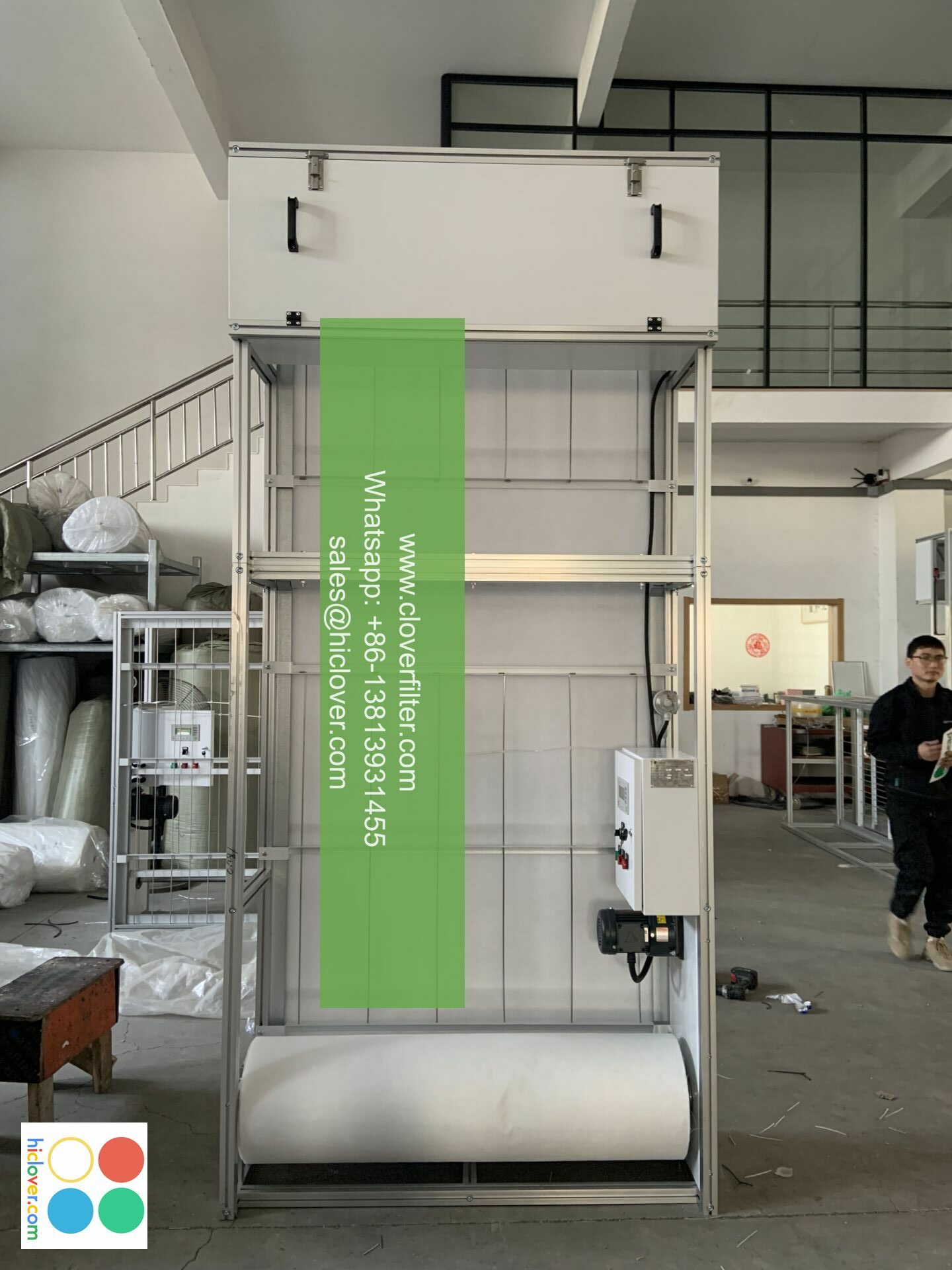The Role of Air Filters in Textile Processing

The textile processing industry is a complex and multifaceted sector that involves various stages, from fiber production to fabric finishing. One crucial aspect of textile processing is the use of air filters, which play a vital role in maintaining quality, efficiency, and worker safety. In this article, we will delve into the world of air filtration systems and explore their significance in textile processing, highlighting various application areas and key industrial air filtration technologies.
Introduction to Air Filters in Textile Processing
Textile processing involves various operations, such as spinning, weaving, knitting, dyeing, and finishing, which generate significant amounts of airborne contaminants, including dust, lint, and fibers. These contaminants can pose serious health risks to workers, damage equipment, and compromise product quality. Air filtration systems are designed to capture these contaminants, ensuring a cleaner and healthier working environment.
Types of Air Filters Used in Textile Processing
Several types of air filters are used in textile processing, including:
* HEPA filters (High Efficiency Particulate Air filters), which capture 99.97% of particles as small as 0.3 microns
* Activated carbon filters, which remove gases, odors, and volatile organic compounds (VOCs)
* Pleated filters, which offer high filtration efficiency and are often used in industrial air filtration systems
* Bag filters, which are commonly used in textile processing for their high dust-holding capacity and ease of maintenance
Application Areas of Air Filters in Textile Processing
Air filters are used in various application areas of textile processing, including:
* Spinning and weaving: Air filters are used to capture fiber and dust particles, reducing the risk of equipment damage and improving product quality
* Dyeing and finishing: Air filters are used to remove chemicals, dyes, and other contaminants from the air, ensuring a safe working environment and preventing environmental pollution
* Knitting and crochet: Air filters are used to capture yarn and fiber particles, reducing the risk of equipment damage and improving product quality
* Textile printing: Air filters are used to remove ink and solvent particles, ensuring a safe working environment and preventing environmental pollution
Benefits of Air Filters in Textile Processing
The use of air filters in textile processing offers numerous benefits, including:
* Improved product quality: By capturing airborne contaminants, air filters help prevent defects and improve product quality
* Increased efficiency: Air filters help reduce equipment downtime and maintenance costs, improving overall efficiency and productivity
* Enhanced worker safety: Air filters help remove harmful contaminants from the air, reducing the risk of respiratory problems and other health issues
* Environmental benefits: Air filters help reduce environmental pollution by capturing chemicals, dyes, and other contaminants
Conclusion
In conclusion, air filters play a vital role in textile processing, improving quality, efficiency, and worker safety. By understanding the different types of air filters and their application areas, textile manufacturers can ensure a cleaner, healthier, and more efficient working environment. As the textile industry continues to evolve, the importance of industrial air filtration will only continue to grow, highlighting the need for effective air filtration systems and air quality management strategies. It seems like you didn’t provide a prompt. Could you please provide more details or clarify what you would like to talk about? I’m here to help with any questions or topics you have in mind.

